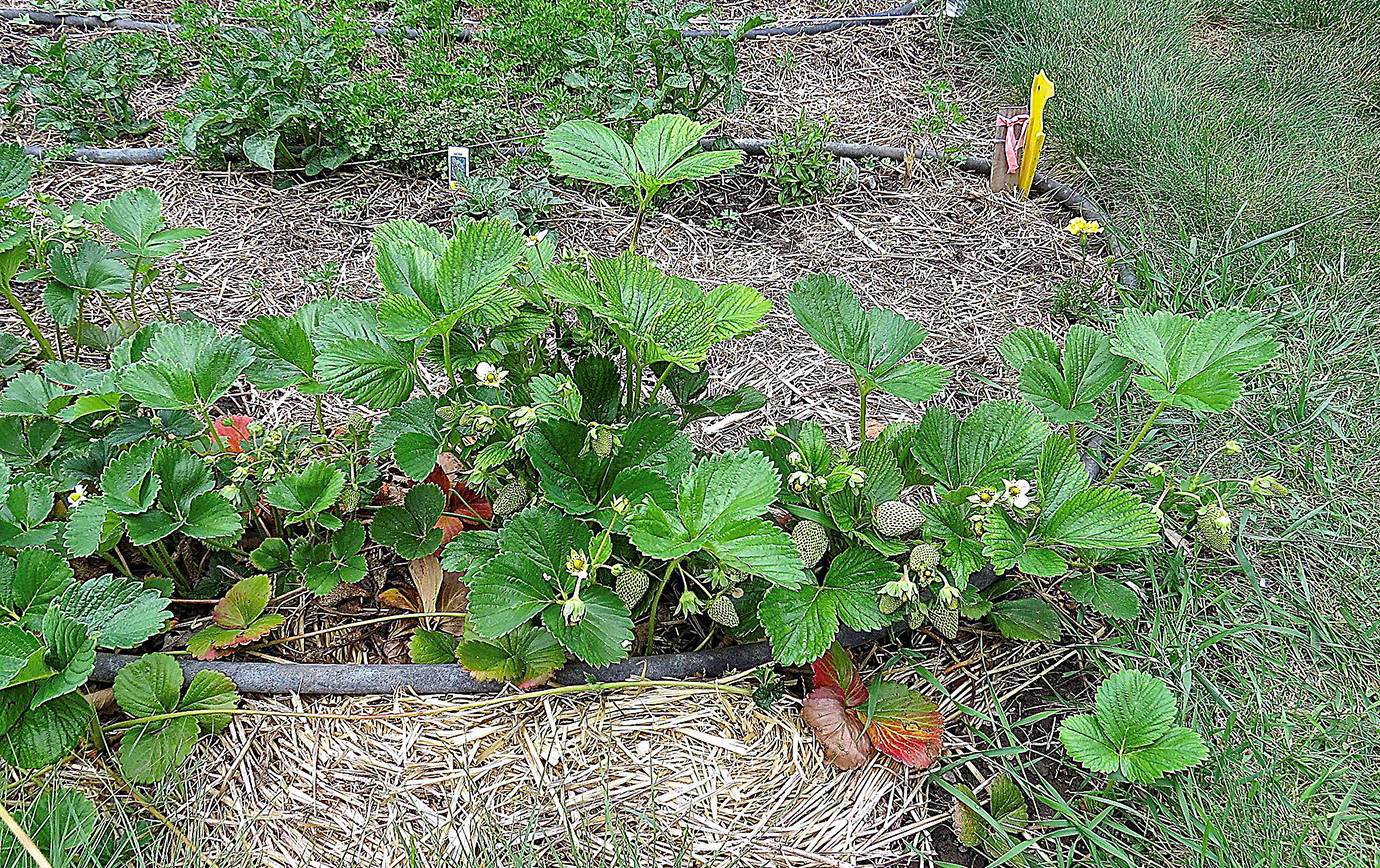By Nancy Barry
WSU Master Gardener trainee
Traditionally, tilling the soil has been the popular method of preparing your garden beds for planting. But it may not always be the best way.
Tilling can disturb the delicate soil structure, making it more prone to compaction and reduction in moisture retention. It brings buried weed seeds closer to the surface, allowing them to germinate. It also disturbs the beneficial organisms in the soil that help make it rich and nutrient-dense.
However, there is an alternate method that may just make your gardening project easier. No-till gardening will help you avoid the labor-intensive process of tilling and help boost the health of your garden soil.
The benefits
No-till gardening can improve your soil quality. Left undisturbed, the soil grows richer in nutrients, is subject to less erosion and is likely to have more of nature’s natural soil cultivators (like earthworms) do their important work.
No-till gardens also may have fewer weeds. By leaving the soil intact, you are not disturbing weed seeds lying dormant below the surface. Mulching your no-till garden also is key to keeping the weeds away.
Less fertilizer is needed in no-till gardens. By not disturbing the soil’s essential nutrients, decaying organic matter and carbon-enriched humus, you can save time and money by not having to buy and use fertilizers. In no-till gardens you are letting nature do the work, which results in a rich, nutrient-dense garden soil.
Less watering also is needed. Mulching helps to retain water in your garden, which also results in less soil compaction.
Gardeners who use the no-till gardening method also report fewer pests, possibly because of the naturally thriving soil conditions.
Getting started
Are you interested in starting your own no-till garden? If so, keep these things in mind.
Pick your garden spot. Garden beds should be narrow enough so that you can work on both sides without having to step on the garden bed and compact the soil.
It is best to layer your no-till gardening bed in the fall. This will allow nature do its work so the bed will be ready to plant in the spring.
Start with a layer of newspaper and/or cardboard to block sunlight, preventing the grass in the planting beds from growing. Next add a layer of decomposing leaves, topping that with a layer of compost to hold them in place. Then add some chicken or rabbit fertilizer.
An important part of the no-till method is using plenty of mulch so weeds will not start to grow. It is recommended to layer approximately 6 to 12 inches, depending on which materials you use and whether it will be decomposing over the winter. It will be necessary to replace the mulch throughout the growing season as it decomposes so that the soil is being replenished.
Are you wondering what to use for mulch? You can use cardboard, newspapers (avoid those with colored inks), leaves, straw, hay, compost, seaweed, grass clippings, yard waste, kitchen waste, wood shavings, and chicken or rabbit fertilizer.
You will need to be thinking of where you might gather these supplies and plan accordingly. Do you raise your own rabbits or chickens? Can you save cardboard and newspaper so that you have a stockpile? Do you have access to straw or hay, or know a farmer who would share? Do you have your own compost pile?
Long term
Initially the no-till method of gardening will take some planning so that you can gather your materials and lay out your garden plot. In the following gardening seasons, the soil will improve and your garden will be as natural and organic as possible.
Gardeners who utilize no-till methods say the process gets easier every year. When you allow nature to do much of the work, it will reward you with a rich, porous soil and a bountiful harvest.
* * *
Do you have a problem with a plant, or do you want some help with disease prevention in your vegetable garden? Do you need help finding the right vegetable seed? Ask WSU Master Gardener! Go to PNWMG.org and post your question where you see “Ask a Master Gardener” toward the bottom of the home page.
Nancy Barry, who live in Aberdeen, is a member of the 2020 WSU Master Gardener training class.


